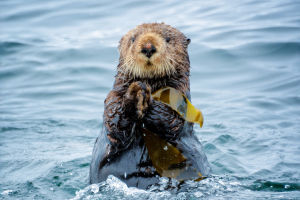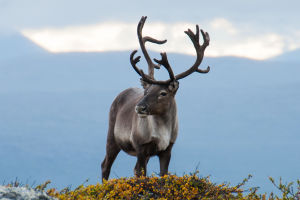Imagine standing just a few feet away from the fastest land animal on Earth. You're expecting a deep, chest-shaking roar… but instead, you hear a soft, rhythmic purr. Surprised?
Most people are. Cheetahs, despite being big cats, can't roar. And the reason why tells us something fascinating about both evolution and the diversity within the cat family.
Not All Big Cats Can Roar
When we think "big cat," we usually picture lions, tigers, or leopards—majestic animals with powerful roars. But cheetahs break that mold. Technically, cheetahs (scientific name: Acinonyx jubatus) aren't classified as "big cats" in the same group as lions or tigers.
They're part of a slightly different evolutionary branch. And that difference starts in their throat.
It's All About the Hyoid Structure
The ability to roar depends on a flexible structure in the throat called the hyoid. Big cats like lions and tigers have a partially flexible hyoid apparatus and a special ligament that vibrates when they exhale forcefully. That's how they produce those thundering roars. Cheetahs, on the other hand, have a fully ossified (hard) hyoid structure—just like domestic cats. This makes roaring physically impossible for them.
Purring Comes From Stability
While roaring needs a loose, stretchy throat, purring depends on stable, consistent airflow. Cheetahs use their firm hyoid structure to produce deep, resonant purrs when they're relaxed or grooming—just like your cat at home. It's comforting, low-key, and totally unexpected from such a powerful hunter.
Cheetahs Are the Oddballs of the Cat Family
Cheetahs aren't just different in how they sound—they're outliers in many ways, especially when compared to other large wild cats.
1. Built for Speed, Not Strength
Cheetahs aren't fighters. They lack the heavy muscles and jaw strength of lions or leopards. Instead, their bodies are streamlined for sprinting. Lightweight skeletons, long legs, and a flexible spine let them reach speeds up to 70 mph (112 km/h) in short bursts. But this specialization comes at a cost—they don't climb well, and they can't defend their meals against stronger animals.
2. Claws That Don't Retract
Another key difference: cheetahs have semi-retractable claws. Most cats keep their claws hidden until needed, but cheetahs use theirs more like track spikes. This gives them extra grip when they sprint, but it also means they're not the best climbers or stealth attackers.
3. Social Structure: Unusual for Cats
While many wild cats are solitary, cheetahs can be surprisingly social. Male siblings often form lifelong coalitions, hunting and living together. This cooperation helps them defend territory and increase their success in the wild.
Why Cheetahs Don't Need to Roar
Roaring has specific purposes in the wild—marking territory, calling to mates, or scaring off rivals. Lions roar to be heard over long distances. But cheetahs? Their survival strategy is built on stealth, speed, and silence.
Roaring Could Attract the Wrong Kind of Attention
If a cheetah were to roar loudly after a catch, it might attract lions, hyenas, or leopards—larger predators that could easily steal the meal. By staying quiet, cheetahs avoid confrontations they'd likely lose.
They Communicate Differently
Cheetahs use a wide range of sounds: chirps to call cubs, yowls to warn rivals, and purrs to signal contentment. These softer, shorter-range sounds fit their solitary, low-profile lifestyle. And when they do need to call out, they chirp—a birdlike sound that travels just enough without drawing too much attention.
The Takeaway: Not Roaring Doesn't Make Them Less Impressive
Many people assume roaring equals power. But cheetahs remind us that strength can look different—quieter, sleeker, and more calculated. Their "no-roar" approach helps them survive in a world where being fast and discreet can be more effective than being loud and dominant.
And their purring? It's one of the many surprising reminders that even apex predators can have soft sides.
Now that you know cheetahs purr instead of roar, what surprised you the most? Do you see them differently—as more cat-like or even more unique than before? Maybe the next time you hear a house cat purring, you'll picture its distant, sprinting cousin on the African plains. Let's be honest—how many other animals could melt your heart and outrun your car?


